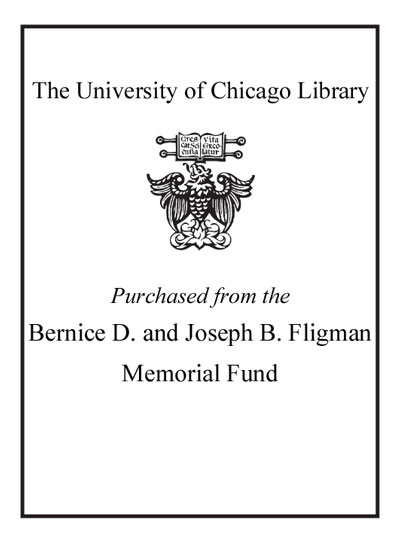Review by Choice Review
Fish-tailed humans--Tritons, Tritonesses, Nereids, Scyllas--and fish-tailed beasts were imagined in ancient literature, then given visual form in vase painting, marble sculpture, cameos, and precious stones. Such fabulous creatures reemerged in Italian art in the last decades of the 15th century as part of the recovery of antiquity. Northern Italian manifestations, particularly abundant in Venice, are the subject of this fascinating, narrowly focused study by Luchs (National Gallery of Art, Washington DC). Following an overview of sea hybrids in antique and medieval art, the author considers their appearance in Venice, in illumination of early printed books, tomb sculpture and painting, and sculpture for the Church of Santa Maria dei Miracoli; in Venice and Ferrara, in triumphal imagery; and in Padua, in cast metal luxury items such as door knockers and candelabras. Luchs argues that this intriguing sea imagery is often decorative, a joyous revival of antique form, but may also, as in the choir of Santa Maria dei Miracoli, contribute meaning. More than 200 black-and-white figures support the detailed discussion, with 44 reproduced in large color plates. Summing Up: Recommended. Graduate students, researchers, and faculty. J. B. Gregory Delaware College of Art and Design
Copyright American Library Association, used with permission.
Review by Choice Review

